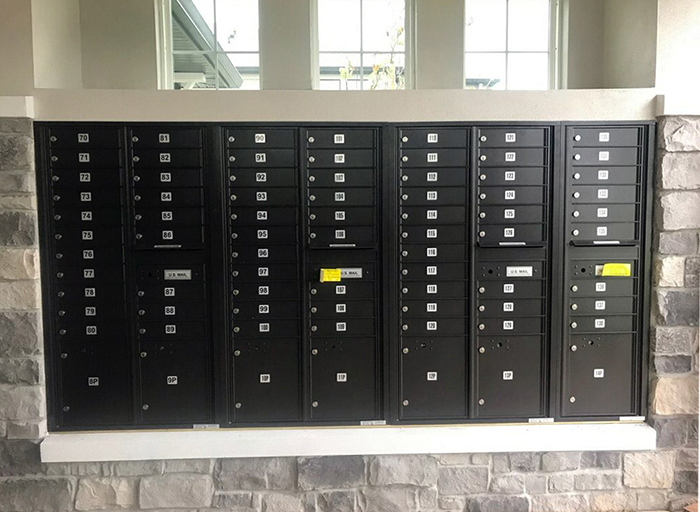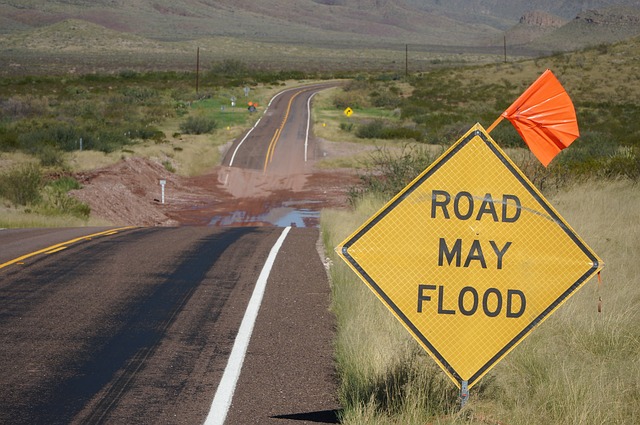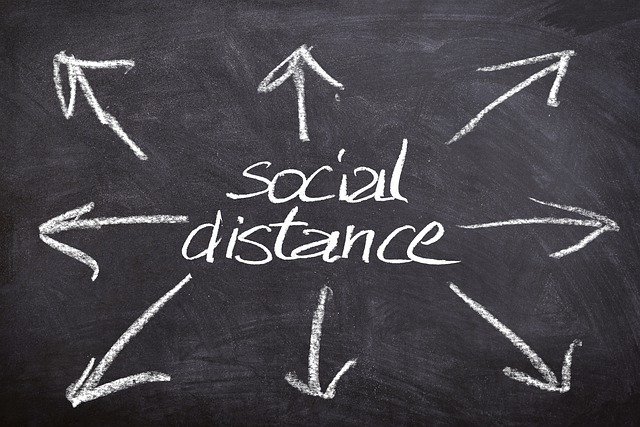Blog
How Parcel Lockers Work in Centralized Mail Delivery Systems
Tuesday May 05, 2020Consisting of large wall-mounted or freestanding units with multiple individual mailbox compartments, centralized mail delivery systems have become increasingly popular in the United States. They allow mail couriers to drop off, as well as collect, at a single location. Since mail couriers don't go to door-to-door, though, centralized mail delivery systems require parcel lockers.
How to Protect Curbside Mailboxes Getting Struck By Vehicles
Friday May 01, 2020Because of their close proximity to the road, curbside mailboxes are often struck by passing vehicles. For homeowners, it's frustrating to wake up one morning, only to discover that their curbside mailboxes has been knocked down. In some cases, vehicle strikes will only damage the post. In others, they'll damage the mailbox itself. If you're developing a neighborhood or residential community, though, there are several steps you can take to protect curbside mailboxes from passing vehicles.
Are Address Numbers Required for Curbside Mailboxes?
Monday April 27, 2020If you're planning to develop a neighborhood or residential community, you might be wondering whether to include address numbers on the curbside mailboxes. Unlike centralized mail delivery systems -- STD-4C and Cluster Box Units (CBUs) -- curbside mailboxes are typically installed independently of each other. In other words, each home will have its own curbside mailbox. Therefore, address numbers are often used to denote which mailbox belongs to which home. So, are address numbers required for curbside mailboxes?
What Are Traffic Warning Signs?
Friday April 17, 2020From the East Coast to the West Coast, you'll find traffic warning signs scattered alongside all major roads. Not to be confused with regulatory or guide signs, they live up to their namesake by "warning" motorists and other road users about a potential hazard. Even if you've seen a warning sign before -- which you probably have -- there are some things you might not know about them.
How to Promote Safe Social Distancing at Your Commercial Shopping Center
Friday April 10, 2020Are you responsible for developing or managing a commercial shopping center or mixed-use development? If so, you should take a proactive approach towards promoting safe social distancing. With the recent outbreak of the coronavirus disease (COVID-19), governments and health officials across the world are urging individuals stay at least 6 feet away from each other. While people naturally congregate at commercial shopping centers, there are steps you can take to encourage safe social distancing.






